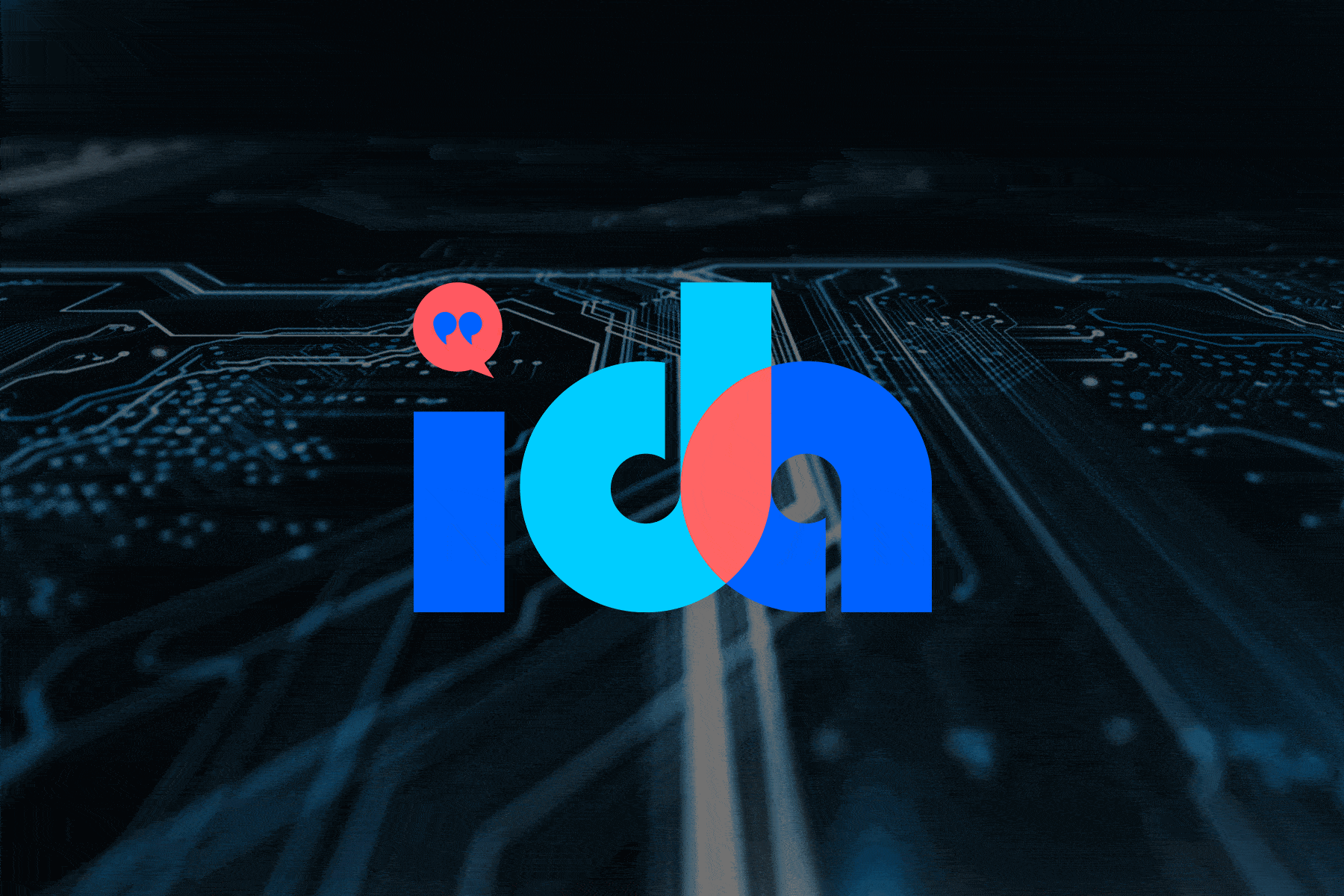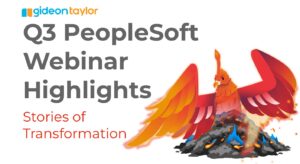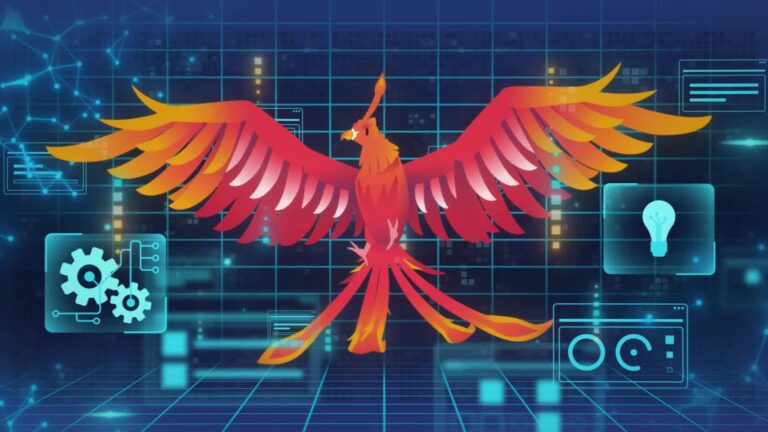With the release of PeopleSoft Picaso, our clients are asking a lot of questions. It is not surprising because in the world of AI there is a lot of murkiness caused by sales and marketing messages. This post will bring some clarity so you can be well informed.
Many years ago our digital assistant, Ida, shifted to using Oracle’s ODA PaaS service for its natural language processing (NLP) due to its flexibility and power. ODA is often unheralded, but its NLP uses 40 years’ worth of enterprise data from “The” data company, Oracle. It is a unique advantage not held by competing products.
ODA is a stand-alone platform running in the cloud and has no requirement to be used with Oracle Applications. An entirely different team at Oracle runs the ODA division. As with all technology products, and just like Oracle’s database, Oracle’s applications can provide value by leveraging the company’s technology. HCM Cloud, ERP Cloud and now PeopleSoft products are delivering functionality, called “skills”, for ODA customers.
PeopleSoft’s skills are deployed through the brand “Picaso” and this post is all about Picaso, what it is, who should use it and the value it provides.
What is Picaso?
Picaso is the name given to the Chat UI widget (the actual window you chat in within PeopleSoft) which consumes multiple PeopleSoft delivered skills (from HCM and FSCM currently). Just like Workday’s or Salesforce’s chatbots, they are meant to extend the application’s functionality. PeopleSoft Picaso, however, is built on a far more powerful platform than the aforementioned products.
The purpose of Picaso is to provide a conversational user interface (UI) to PeopleSoft which is represented in accessing PeopleSoft data and even conducting a few self-service transactions like registering a PTO day.
What do I get?
Currently, Picaso comes with a web-based channel inside Fluid pages. Classic is not supported. When a PeopleSoft user logs in, they will see a chat icon they can engage with. PeopleSoft then delivers skills via the ODA Skill Store. The current skills as of the Fall of 2021 are:
- Absence Skill (HCM)
- Benefits Skill (HCM)
- Payroll for North America Skill (HCM)
- Requisition Inquiry Skill (FSCM)
- Expense Inquiry Skill (FSCM)
- Employee Directory Skill (HCM)
More information about these skills can be found in the Picaso documentation. These skills are built to access data from these modules and, in some cases, process transactions as pictured below. There are minimum PeopleTools version and PUM image requirements, so be sure to check those out.
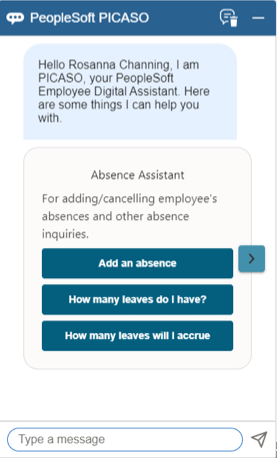
[box color=”green” align=”left”]May, 2023 Update: Oracle announced at Blueprint4D the coming skills for Campus solutions: Enrollment, Grades and Schedule.[/box]
How much does it cost?
In the PeopleSoft world, you pay for the application (HCM) and you get the technology included (PeopleTools). Digital Assistants work in the opposite manner. Picaso and its skills are free for PeopleSoft customers, but you need to purchase the PaaS cloud service for ODA. Implementing Picaso may come with additional consulting fees should you need assistance.
How do I implement Picaso?
Implementing PICASO involves a few key steps:
- License ODA
- Setup your OCI tenancy, ODA instance and provision access
- Install the PeopleSoft Skills and setup a channel
- Setup connectivity to your PeopleSoft (must be accessible on the internet)
- Configure PeopleSoft to allow integration of ODA
- Create a Digital Assistant, add the Picaso skills, and setup the channel integration
- Train and test the bot
- Deploy
In our experience, step 4 tends to be the biggest stumbling block for customers and requires a Cloud Architect to fully understand. Additionally, to get the most out of Picaso, having AI people on hand is invaluable. If you don’t have these roles available, you can enlist an Oracle Partner to help such as IntraSee.
What is the difference between Ida and Picaso?
Customers are coming to us and asking: should I implement Ida or Picaso? This notion is really a false comparison. Each product has a purpose and goes after different value propositions. They are more compliments to each other than they are an either/or choice.
Let’s start with what is not different between Ida and Picaso. Both use the ODA NLP engine as a basis for the machine’s understanding of human language. They are seeded with very different training data, but the engine is the same. Both require licensing of the ODA PaaS service (Ida embeds this license within its pricing).
Picaso was built with a focus on PeopleSoft. It is present in the Fluid Web UI and helps PeopleSoft users get to data, pages and transactions. It is a great step into digital assistants if your needs are focused on PeopleSoft. With Picaso you will need to handle the AI Ops such as log/analytics monitoring, migrations, uptime, learning, etc. You do have the option of using a partner to manage these services and IntraSee is one such option.
Ida is meant to be a one-stop shop for users including policies, content, data, workflow, transactions, integrations and analytics. PeopleSoft is merely a sliver of Ida’s value proposition. Ida has customers whose use is approaching 1,000 skills so the audience is broader with the scale to match. Ida is often found on many web pages outside PeopleSoft, including SharePoint or CMS systems, and channels like Microsoft Teams. Ida is also available when the user is both authenticated or not.
Ida’s integrations are a key part of the one-stop philosophy. Ida has a catalog of integrations including Salesforce, ServiceNow, HCM Cloud, PeopleSoft, Google, Microsoft Teams and Office 365, Canvas, Taleo, Kronos and others including the ability to configure custom integrations.
Finally, AI Ops is a critical part to your project’s success. AI Ops teams are often made up of Data Scientists, AI Architects and Computational Linguists. Despite what some marketing teams may tell you, AI isn’t magic and it needs human cultivation for it to achieve superior accuracy performance. With Ida, we automate many of these human tasks and include managed services to fill these roles, so you don’t have to (illustrated below). The budget saved on these salaries or consulting fees alone makes an Ida project an ROI winner.
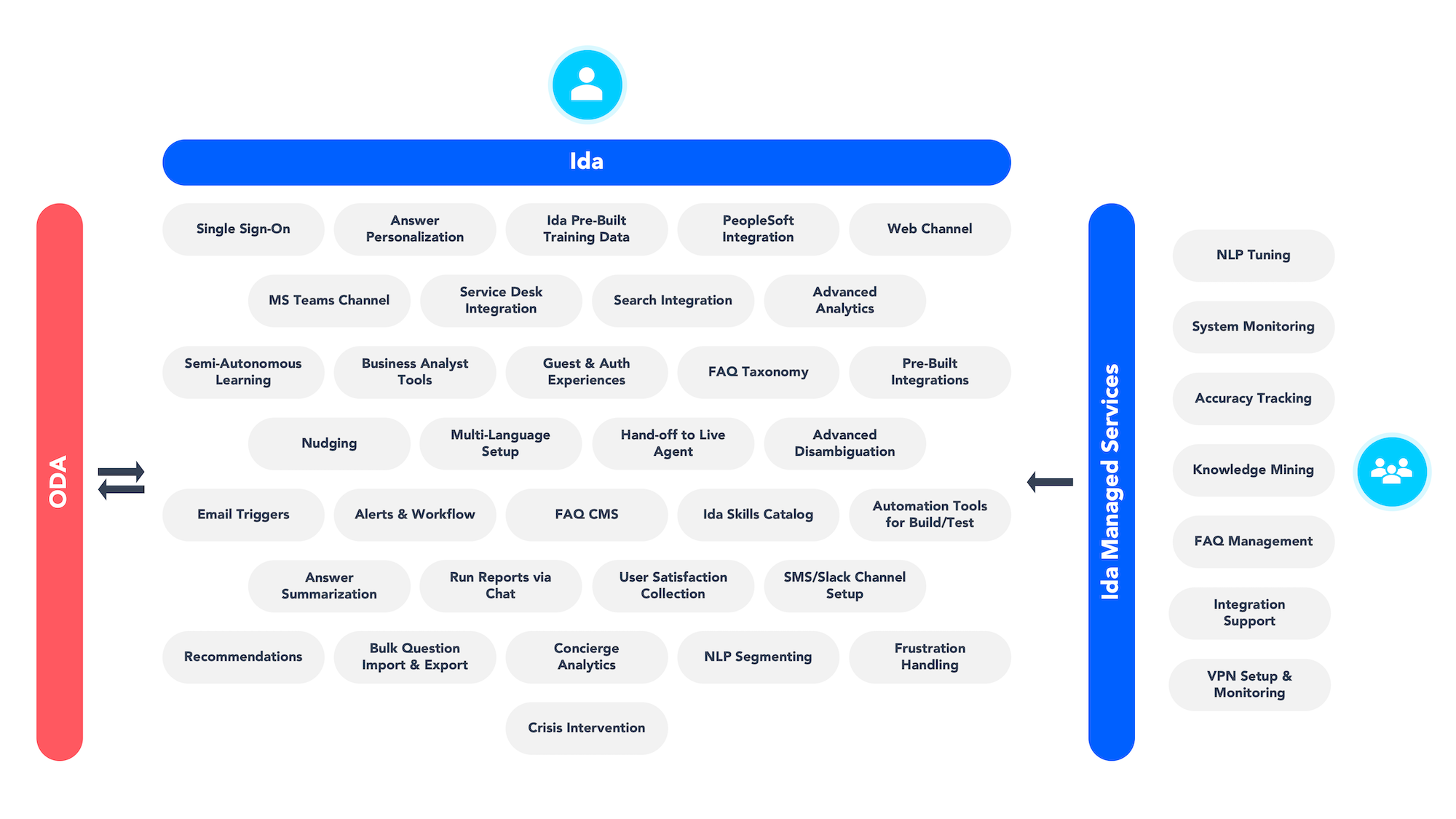
Can Picaso and Ida work together?
Because both Picaso and Ida run on ODA, Ida can consume skills from Picaso and include them in a one-stop-shop chat. You can get the best of both options and they can leverage the same ODA license, so the cost is only incremental.
The most efficient path is to roll out Picaso and Ida skills at the same time. This path allows you to tune the machine learning model with the broader scope in mind from the get-go. The alternative requires regression analysis and re-tuning you could have avoided. That doesn’t mean you can’t have a gap between implementing Picaso and Ida, but it is not the most cost/time efficient path.
Which one is the right choice for me?
If your objective is to start with a focused use-case, get some experience and add functionality to a PeopleSoft Fluid deployment, Picaso can be a great fit for you. If your mission is to drive ROI through automation at an enterprise level, then check out Ida. For most clients, we implement in 6 weeks and are in production after 12 weeks.




